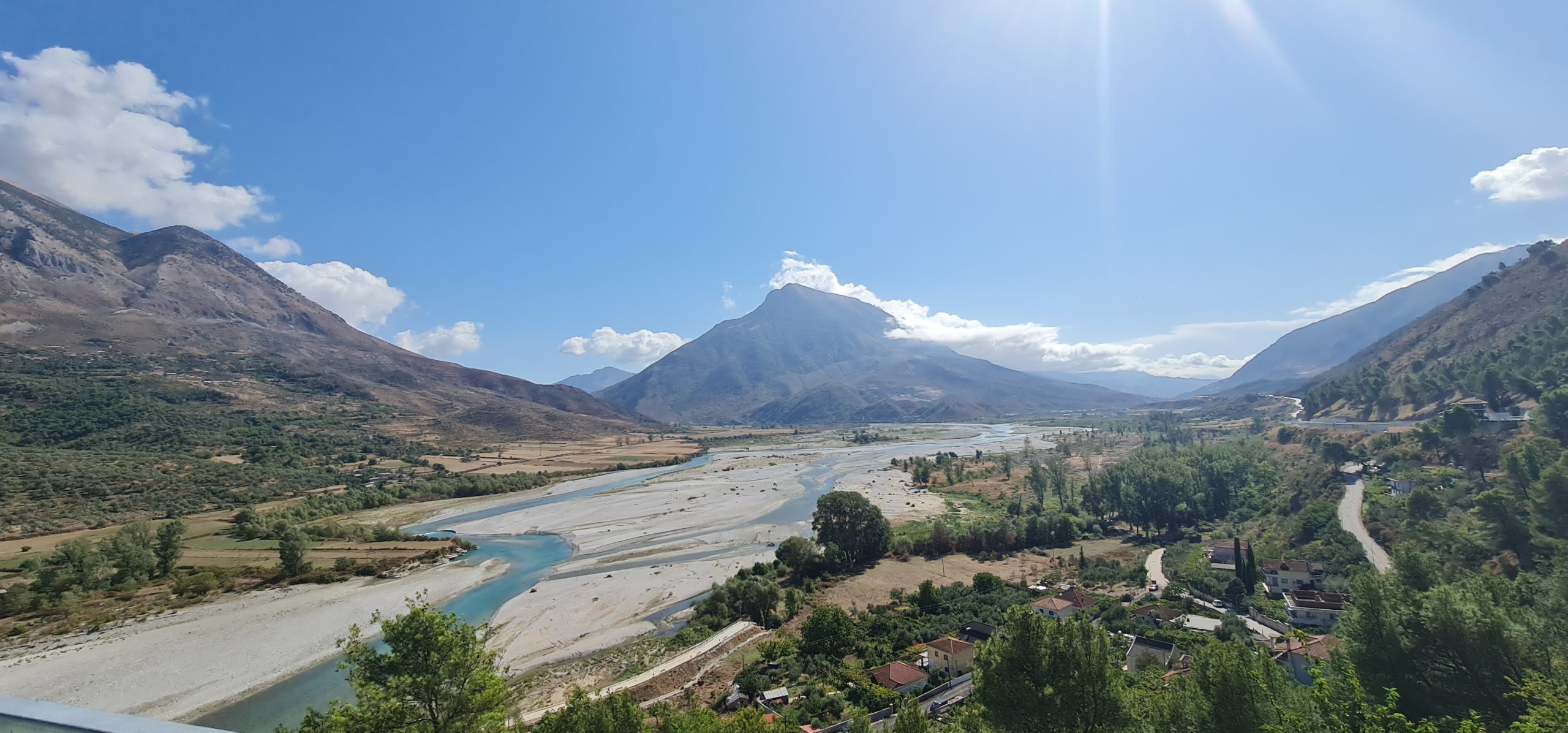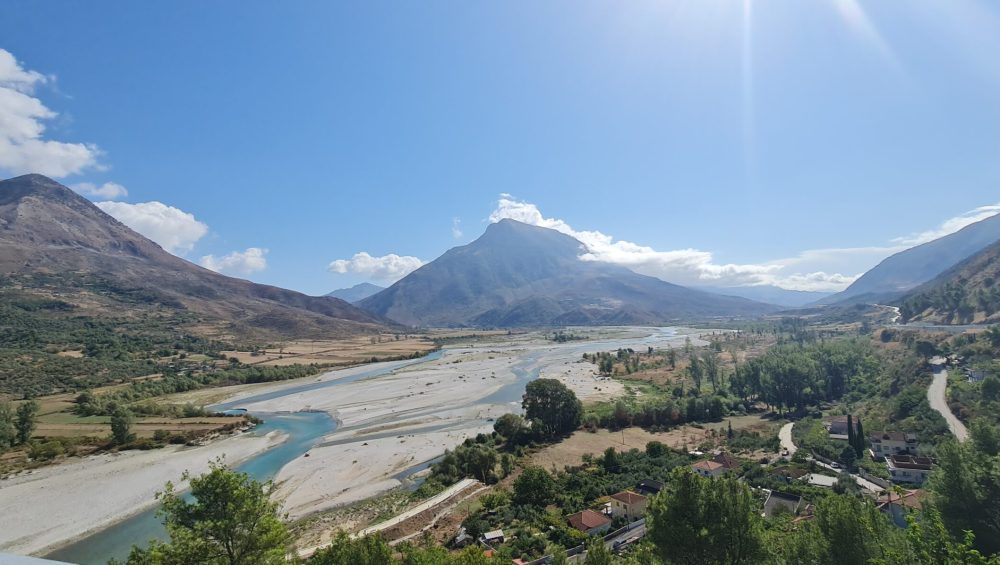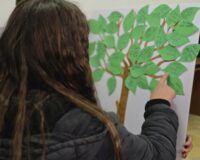Turnip cancer or otherwise known by the scientific name Ceratocystis platani is a disease that has affected turnips in Albania, leading to the drying of turnips in our country.
The deformed appearance of the tree indicates that they are already infected and it takes a short period of time for those trees to completely dry out. The forms of its spread are many, so preventing this disease is very difficult.
“It is a fungal disease, the disease as its vector has several elements, i.e. humans, birds, insects, the wind is mainly the most, since the fungus grows with spores and the spores are easily transmitted, especially between the wind”, informs the environmental expert Abdulla Somewhere.
This disease is geographically spread in many areas of Albania, while in the valley of the Vjosë river, the centuries-old turnips that prevented the river from leaving its bed have completely dried up (in Albanian).

“The most affected parts are the parts of the south-west, that is, Gjirokastra, Tepelena more, the valley of Vjosa, Permeti, the turnips of Shushica to Kuč, the river of Vlora, the other turnips that have existed for a long time along the Ionian coast and currently it has also been seen in the Mat river”, – informs the expert Diku.
In the case of Vjosa, the drying of all the turnips in the valley has intensified the phenomenon of erosion in the area.
“From 2009 to 2011-2012 the whole valley was involved, they infected each other because the crowns were too big and all the turnips in the Valley dried up. This inevitably led to the creation of pockets of land and the river deported through them. Erosion began to occur and the rivers and the Vjosa in this particular case came out of their beds very often”, says Aleksandër Toti from the Municipality of Tepelena.
Identifying this disease is very difficult, since maple cancer is a fungal disease and there are many ways of transmission.
“Being a fungal disease, the disease increases with spores, the spores cannot be seen with the naked eye, but with a microscope. You have to keep every piece of wood standing, see if there are signs of infection, cut it and burn it”, explains Abdulla Diku.
In addition to wind and birds, damage to trees also creates ease and ground for the transmission of cancer.
“If someone sticks a nail or makes a voltage line, electric line and any kind of scratch becomes an object for cancer spores”, continues forest expert Diku.
Currently, the lack of turnips in the Vjosa valley causes about 60 hectares of land to flood every year.
“The municipality of Tepelena managed to do something serious only this year. This year we are talking about the investment of the bypass and with it a barrier was made for the protection of the neighborhood and in the part of the park we planted 6000 willow saplings which replaced 2000 degraded turnips” – informs Toti.
Expert Abdulla Diku explains that in this case there should be a bio-engineering intervention in order to prevent the phenomenon of erosion in Vjosa.
“One cm of soil takes 500-600 years to be created. That’s how much time we need for 1 cm of soil that the rain washes away in a minute or two. Sometimes it feels like you’re fighting windmills. We need concrete traps that come perpendicularly and divert the flow of the river”.
According to an assessment carried out in 2020 (in Albanian) by members of the academic staff of the Faculty of Forestry Sciences (FSHP), the average value of erosion in the watershed of the Vjosa River turns out to be about 1 m3/ha/year.
From Entenela Ndrevataj







